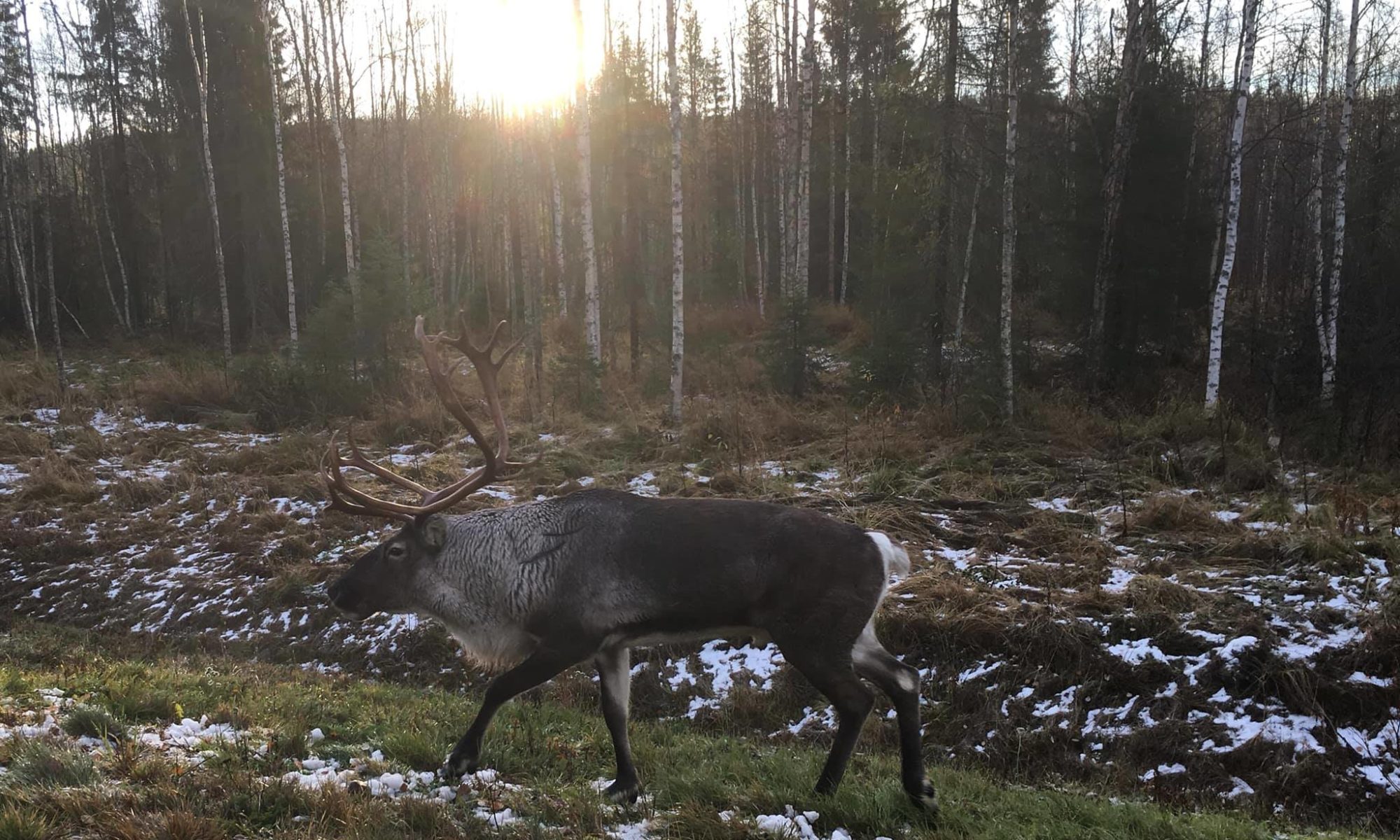Very proud to share this new article written by the newly minted Dr. Alexandra Niclou (my now former PhD student).
This work looked at brown adipose tissue activation between summer and winter among folks in Albany, New York. We compared changes in metabolic rate, respiratory quotient, & supraclavicular heat dissipation between room and mild cold temperatures in summer & winter. The participant pool was largely the same between the two seasons.
During cold exposure – when brown fat is activated – supraclavicular temperatures were greater in winter compared to summer while metabolic rate did not change. RQ – an index for substrate utilization – significantly increased in winter compared to summer, suggesting increase in preference for carbohydrates as fuel in winter.
This demonstrates that inferred brown fat activity is greater, more efficient, & increases glucose use in winter. Brown adipose tissue may play a role in seasonal cold acclimatization and glucose disposal in humans.

